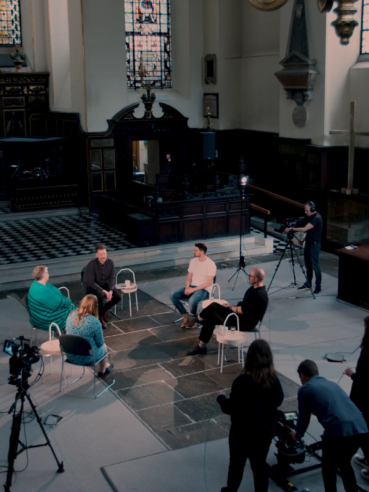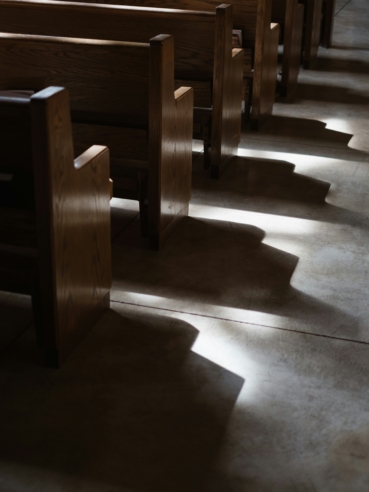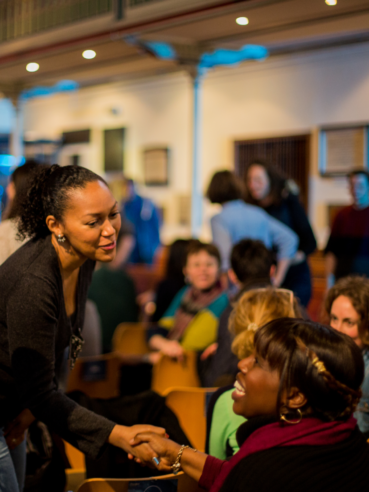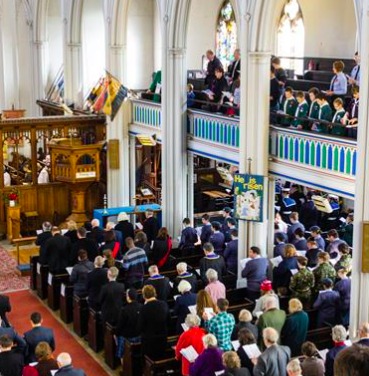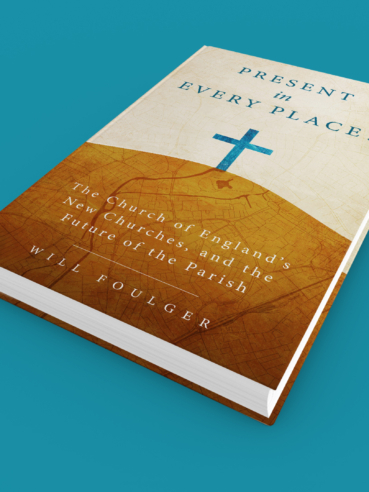New Things: A Theological Investigation into the Work of Starting New Churches Across 11 Dioceses in the Church of England, is the second report to come out of the Centre for Church Planting Theology and Research at Cranmer Hall, Durham – a close sister organisation of CCX.
Foulger’s report reflects on the starting of 900 ‘new things’ in 11 of the 42 dioceses in the Church of England, seeking to ask: What is happening in these dioceses? And what is God doing here?
Some key findings from the report include:
- Of the 900 new things, 40 were new designated resource churches, 89% are integrated into an existing parish structure, only five could be said to exist in the Anglo-Catholic tradition.
- On the whole, new things buck the trend of decline we see across the national Church; new things are growing.
- None of the 11 dioceses used the language of ‘church plant’ or ‘church planting’. Each had their own designator for new things, six of the 11 used the term ‘worship’ in their designator, two used ‘congregation’, and seven used ‘community’.
- Starting new things was central to the diocesan strategy of ten of the 11 dioceses, and ten referred to SDF funding in reflecting on this strategy.
- Of the 11 dioceses, ten spoke about a shift in culture in the Church (at a diocesan level, local level, and national level) and nine out of 11 spoke about the challenges of starting new things within existing structures.
The importance of this research lies not just in these findings, but in the probing theological question Foulger draws from the research. While wide ranging, there are two questions of particular significance: diversity and language.
On diversity, Foulger notes, since the publication of Mission Shaped Church in 2004, the Church of England has been committed to a ‘mixed ecology’, in which many different forms of church can co-exist within the same structures. But in the 11 dioceses represented, there appears to have been a shift away from fresh expressions and pioneer ministry, towards the starting of new worshipping communities or churches. Similarly, Foulger’s findings around Anglo-Catholic traditions are striking; fewer than five of the 900 ‘new things’ could identifiably belong to the Anglo-Catholic or liberal-catholic traditions.
Foulger maintains that starting new things, ‘has been, and remains, essentially an evangelically driven project’ (page 31), noting that ‘the Church has, in starting new things, not drifted at all far from its received (inherited) ecclesial form’ (page 75). While committing to a mixed ecology of Church, many of those newly started things have a similar focus on gathering for worship, with very few emerging from an Anglo-Catholic tradition. We might ask, then, how ‘mixed’ is mixed ecology in reality?
Secondly, on language, it is notable that none of the 11 dioceses use the term ‘church planting’, opting for some version of ‘new worshipping communities/congregations’. It is important to note this diversity of language, indicating contexts which are taking seriously the need for strategy and vision to be fit for their own contexts and communities.
This lack of consensus poses questions that merit further thinking: how important is a shared language around starting new things? And who do our designators include and exclude? These questions are not unrelated to questions around diversity either: in seeking to define new things using certain language, our research will inevitably fail to grapple with reality. It seems highly unlikely, for example, that in 11 dioceses, there are only five Anglo-Catholic contexts engaged in starting new missional initiatives in their communities, even if they would resist the ‘official diocesan description’ of this activity.
Finally, Foulger’s findings on the lack consensus in language raise important ecclesiological questions about planting. Why is it that the language of ‘church’ has dropped from the vocabulary of dioceses in this area? And how does the starting of new things relate to the historic commitments of the Anglican tradition on what ‘counts’ as a church?
You can read and download Foulger’s full New Things report below.


